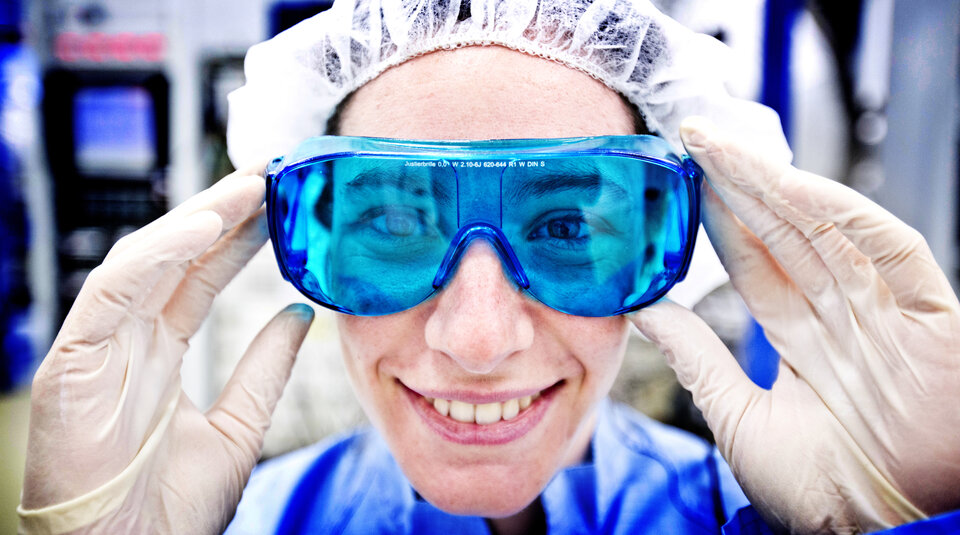Meet ESA’s R&D directorate
Our new brochure introduces ESA’s R&D directorate: the engineers charged with inventing the new technologies needed for Europe to push further out into space, and develop the novel services improving our lives here on Earth.
From hypersonic flight to space debris removal, lunar caving to asteroid mining, we’re working on it. When most people hear about topics like these, they think of science fiction; our engineers see puzzles to be solved.
ESA’s Directorate of Technology, Engineering and Quality is one of ten Directorates making up the Agency’s matrix organisation. TEC engineers work directly in support of all ESA missions and on developing technologies to make otherwise impossible missions happen and keep Europe competitive in the global tech race.
When the majority of new ESA missions are dreamt up, the technology that makes them possible does not exist – yet. It is our job to identify the enabling innovations required, make them real and bring them up to a sufficient state of performance and reliability so that the right technology is ready at just the right time.

We host an impressive range of in-house expertise on space technologies, made up of specialists covering every aspect of the space environment, and work in partnership with many of Europe’s most advanced companies and research institutions.
Our experts set the course of research and development internally, and in projects done with industry and academia, from leading aerospace firms to tiny, smart start-ups.
This is a crucial role, not just for future ESA missions but also for the wider European space industry.
Innovation is an essential element of competitiveness and European industry must compete to survive, winning contract after contract on the global open market. Unlike many others, Europe’s space sector receives minimal government or military subsidies and more than pays its own way. If it didn’t, most ESA missions would swiftly become unaffordable, as would ESA itself.

Advanced missions need advanced testing. To save time and money we offer industry unique infrastructure, which would not make economic sense to develop multiple times at multiple places for separate missions. We have pooled resources to make world-beating space laboratories and satellite-scale test facilities available to all European space (and indeed non-space) companies.
From lab experiments to industrial prototypes, from dazzling ideas to reliable instruments, it’s imagination and dedication that drives our innovation.
To learn more, read our new brochure Engineering The Future Today.















 Germany
Germany
 Austria
Austria
 Belgium
Belgium
 Denmark
Denmark
 Spain
Spain
 Estonia
Estonia
 Finland
Finland
 France
France
 Greece
Greece
 Hungary
Hungary
 Ireland
Ireland
 Italy
Italy
 Luxembourg
Luxembourg
 Norway
Norway
 The Netherlands
The Netherlands
 Poland
Poland
 Portugal
Portugal
 Czechia
Czechia
 Romania
Romania
 United Kingdom
United Kingdom
 Slovenia
Slovenia
 Sweden
Sweden
 Switzerland
Switzerland































